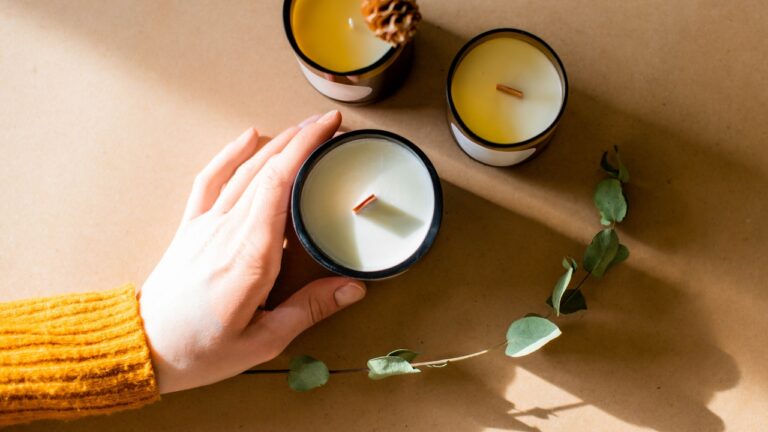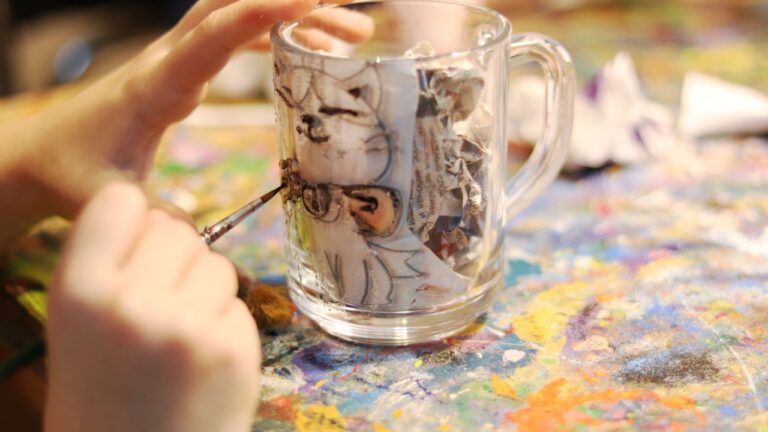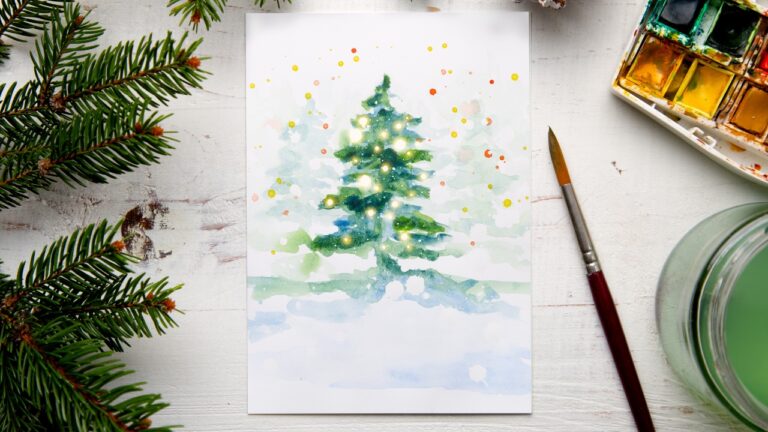13 Top Selling Paint Pens & Marker Sets [2025]
Here are the best selling paint pens for this year. Paint pens and markers are a versatile medium that has found its place in the hands of artists, hobbyists, and professionals alike.
As we navigate through the expansive market, our mission is clear: to present you with a quick list of the best sets available.
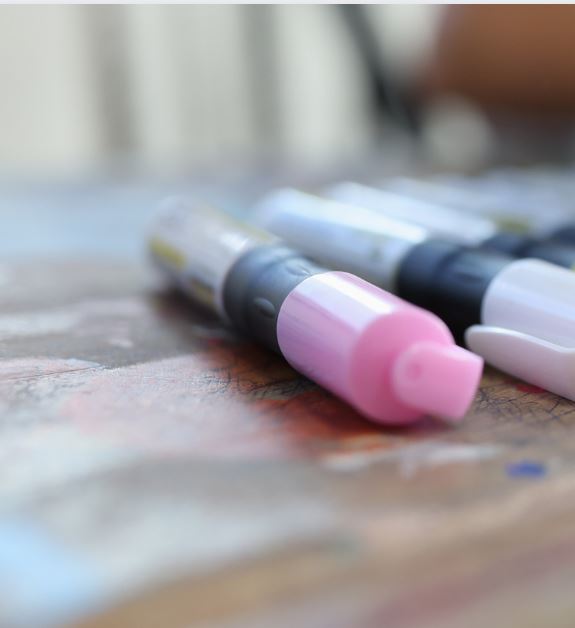
We also give you some tips about using paint pens as you scroll down.
From vibrant hues to subtle shades, and from fine lines to bold strokes, these pens have become indispensable for those who seek precision and convenience in their creative pursuits.
Best Paint Pen Sets
1. ARTISTRO Acrylic paint pens
2. FUMILE Paint Pen 60 Kit
3. SHUTTLE ART Dual Tip Set
4. TFIVE Oil Based Paint Pens
5. ARTEZA Pro Paint Marker Set
6. TOOLIART Paint Marker Set
7. ARRTX Fine Tip Paint Markers
8. ZEYAR Extra Fine Paint Pens
9. PAINTIGO Paint Pen Set 54
10. CHROMATEK Dual Tips
11. LANRENWENG 60 Color Kit
12. POSCA Pro
13. ARTISTRO Jumbo Paint Markers

Paint Pens FAQ
1. What surfaces are suitable for paint pens
Paint pens are versatile tools that can be used on various surfaces. Commonly, they work well on paper, canvas, glass painting, wood, metal, plastic, fabric and rocks.
They are fantastic for making your own holiday cards and DIY paper crafts.
However, it’s essential to check the specific product instructions for compatibility with the surface you intend to work on, as some paint pens may have limitations.

2. How do I store and maintain paint pens for optimal performance?
Store them horizontally to prevent the ink from settling unevenly, and make sure to cap them tightly after each use to prevent drying.
If a pen’s tip becomes clogged, gently wipe it with a damp cloth or paper towel. Additionally, keeping them in a cool, dry place can help preserve the quality of the ink.
3. Can paint pens be used for outdoor projects?
While many types are suitable for indoor projects, some are specifically designed for outdoor use.
Check the product specifications to ensure that the pens you choose are weather-resistant and capable of withstanding exposure to sunlight and moisture.
Outdoor-friendly sets are ideal for projects like outdoor signage, garden decor, or customized outdoor accessories.

4. Are paint pens refillable, or do I need to purchase new ones when the ink runs out?
Some paint pens come with refillable cartridges, allowing you to extend their lifespan by replacing the ink when it runs out.
Others are designed as one-time-use pens. Check the product details and packaging to determine whether they are refillable, and if so, whether compatible refills are available.
5. Do paint pens require any special techniques for optimal results?
While paint pens are generally user-friendly, employing specific techniques can enhance your results. Shake the pen well before use to ensure even ink distribution, and test the flow on a scrap surface.
Apply consistent pressure to the tip for a uniform line, and experiment with different strokes and layering techniques for varied effects. If you are needing a blending marker, then you might want to switch over to alcohol markers instead.
Refer to any included instructions or online tutorials provided by the manufacturer for additional tips.
Tips for using paint pens
1. Shake Well Before Use
Before diving into your artwork, make sure to shake the paint pen well to ensure that the pigment is evenly distributed.
This helps prevent streaks and ensures a consistent color flow.
Some pens may require more vigorous shaking than others, so check the product instructions for specific guidelines.
2. Test on a Scrap Surface
Before applying paint pens to your actual project, it’s a good practice to test them on a scrap surface.
This allows you to check the color, flow, and consistency of the ink.
Additionally, it helps you get accustomed to the pressure needed for optimal results, especially if you’re using the pen on a particular type of material for the first time.

3. Cap Tightly When Not in Use
Paint pens are prone to drying out if left uncapped, which can affect their performance.
Always cap the pen tightly after each use to preserve the ink and prevent the tip from drying.
If a pen sits uncapped for an extended period and the tip becomes dry, you can try gently pressing the tip on a scrap surface to encourage the flow before using it on your project.
4. Layering for Depth and Intensity
Experiment with layering to achieve different shades and intensities.
Allow each layer to dry before adding another to avoid smudging or mixing colors unintentionally.
Layering can be particularly effective when working on surfaces like canvas, allowing you to build depth and create unique textures in your artwork.
5. Consider Surface Preparation
The surface you’re working on can impact the performance.
Some surfaces may require priming or preparation for adhesion and longevity of the artwork. For example, on porous surfaces like wood or fabric, it might be helpful to apply a sealant or primer before using them.
Check the manufacturer’s recommendations for the specific surface you’re working on to achieve the best results.
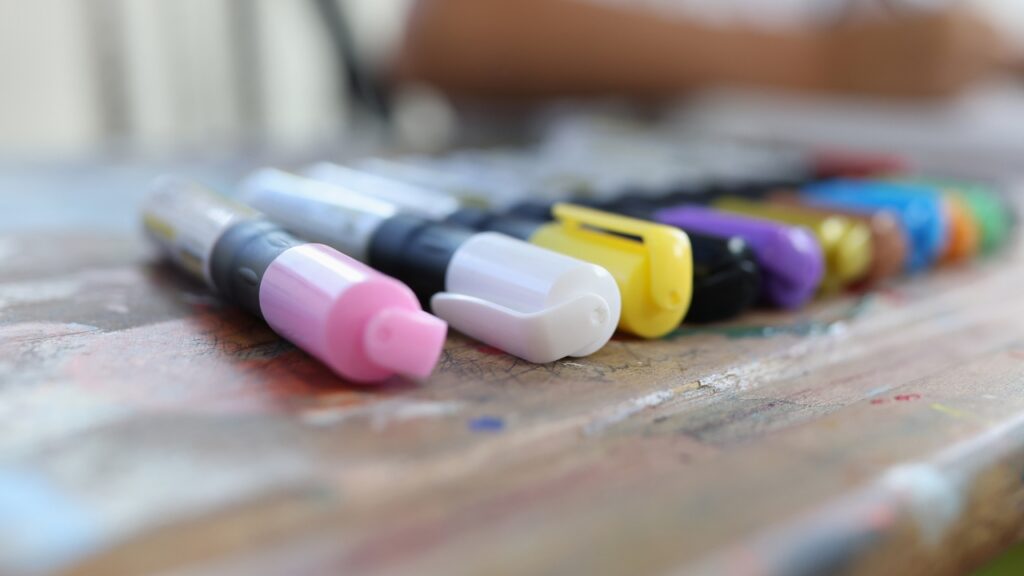
In Closing: Thank you for exploring the vibrant world of paint pens. We hope this guide has provided you with valuable insights into the diverse array of options available.
Whether you’re sketching, coloring, or adding the finishing touches to your masterpiece, may your artistic journey be filled with inspiration and the perfect strokes of color.



